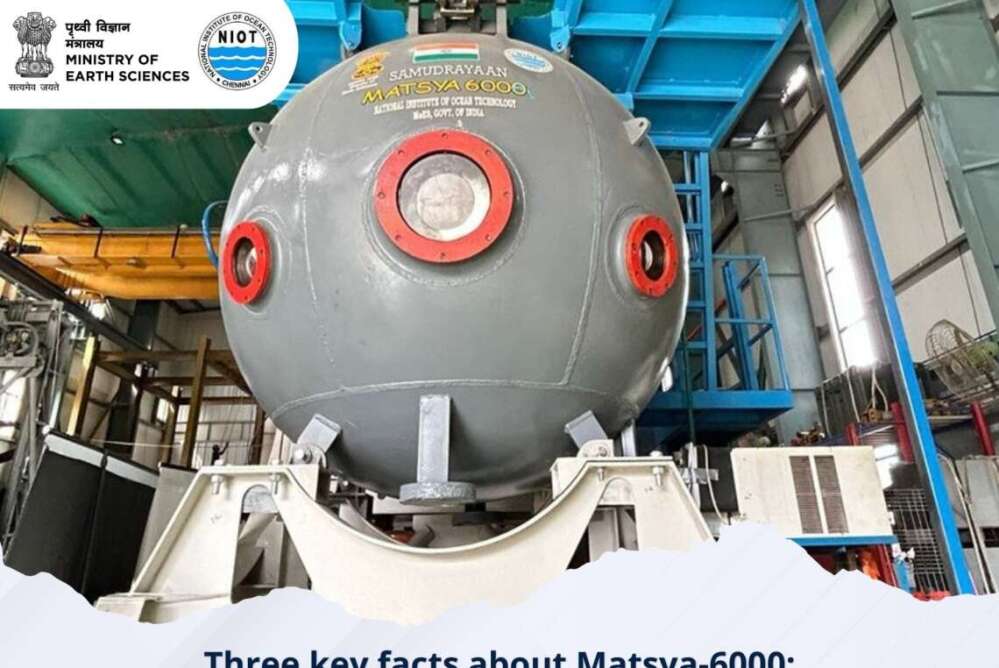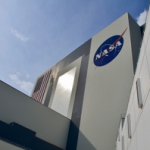The rocks and lava the rover is examining on Mars are nearly 4 billion years old…reports Asian Lite News
Not just red rocks and craters we saw in the popular science fiction film ‘The Martian’ starring Matt Damon, Mars has several volcanic rocks composed of large grains of olivine — the muddier less-gemlike version of peridot that tints Hawaii’s beaches dark green, NASA’s rover Perseverance has discovered.
Perseverance landed in the Jezero Crater, a spot chosen partly for the crater’s history as a lake and as part of a rich river system, back when Mars had liquid water, air and a magnetic field.
What the rover found once on the ground was startling. Rather than the expected sedimentary rocks — washed in by rivers and accumulated on the lake bottom — many of the rocks are dark green in nature, according to researchers from Purdue University in the US.
“We started to realise that these layered igneous rocks we were seeing look different from the igneous rocks we have these days on Earth. They’re very like igneous rocks on Earth early in its existence,” said planetary scientist Roger Wien in the study published in the journals Science and Science Advances.
Understanding the rocks on Mars, their evolution and history, and what they reveal about the history of planetary conditions on Mars helps researchers understand how life may have arisen on Mars and how that compares with early life and conditions on ancient Earth.
“One of the reasons we don’t have a great understanding of where and when life first evolved on Earth is because those rocks are mostly gone, so it’s really hard to reconstruct what ancient environments on Earth were like,” said Briony Horgan, associate professor in Purdue’s College of Science.
“The rocks Perseverance is roving over in Jezero have more or less just been sitting at the surface for billions of years, waiting for us to come look at them. That’s one of the reasons that Mars is an important laboratory for understanding the early solar system,” he added.
The rocks and lava the rover is examining on Mars are nearly 4 billion years old.
Rocks that old exist on Earth but are incredibly weathered and beaten, thanks to Earth’s active tectonic plates as well as the weathering effects of billions of years of wind, water and life.
On Mars, these rocks are pristine and much easier to analyse.
Scientists can use conditions on early Mars to help extrapolate the environment and conditions on Earth at the same time when life was beginning to arise.
“From orbit, we looked at these rocks and said, ‘Oh, they have beautiful layers!’ So we thought they were sedimentary rocks,” Horgan said.
“And it wasn’t until we were very close up and looked at them, at the millimeter scale, that we understood that these are not sedimentary rocks,” he added.
NASA to develop next-gen spaceflight computing processor
NASA has selected US-based Microchip Technology to develop a high-performance space flight computing (HPSC) processor that will provide at least 100 times the computational capacity of current spaceflight computers.
The next-generation processor would advance all types of future space missions, from planetary exploration to lunar and Mars surface missions.
“This cutting-edge spaceflight processor will have a tremendous impact on our future space missions and even technologies here on Earth,” said Niki Werkheiser, director of technology maturation within the Space Technology Mission Directorate at NASA Headquarters in Washington, in a statement.
“This effort will amplify existing spacecraft capabilities and enable new ones and could ultimately be used by virtually every future space mission, all benefiting from more capable flight computing,” Werkheiser added.
Microchip will architect, design, and deliver the HPSC processor over three years, with the goal of employing the processor on future lunar and planetary exploration missions.
Microchip’s processor architecture will significantly improve the overall computing efficiency for these missions by enabling computing power to be scalable, based on mission needs. The design also will be more reliable and have a higher fault tolerance.
As part of NASA’s ongoing commercial partnership efforts, the work will take place under a $50 million firm-fixed-price contract, with Microchip contributing significant research and development costs to complete the project.
“We are pleased that NASA selected Microchip as its partner to develop the next-generation space-qualified compute processor platform,” said Babak Samimi, corporate vice president for Microchip’s Communications business unit.
The platform “will deliver comprehensive Ethernet networking, advanced artificial intelligence/machine learning processing and connectivity support while offering unprecedented performance gain, fault-tolerance, and security architecture at low power consumption”, Samimi added.

Microchip’s HPSC processor may also be useful to other government agencies and applicable to other types of future space missions to explore our solar system and beyond, from Earth science operations to Mars exploration and human lunar missions.
The processor could potentially be used for commercial systems on Earth that require similar mission critical edge computing needs as space missions and are able to safely continue operations if one component of the system fails.
ALSO READ-NASA postpones Artemis I moon mission














